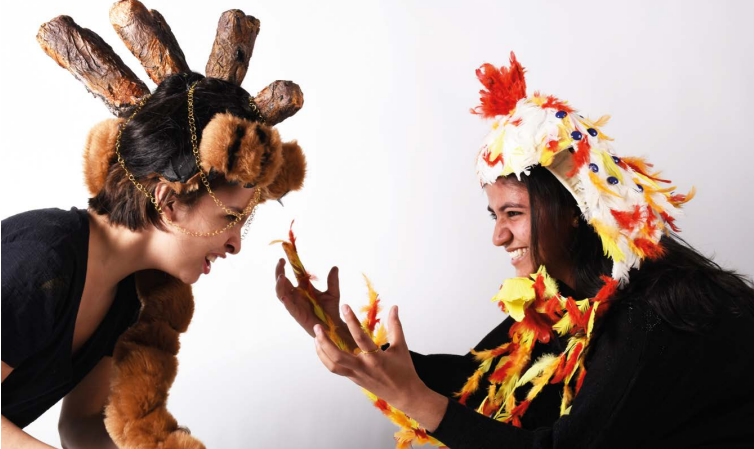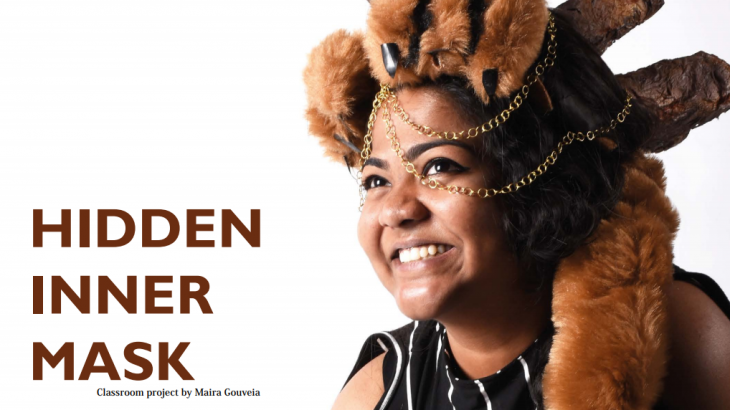“The products we design are going to be ridden in, sat upon, looked at, talked into, activated, operated, or in some way used by people individually or en mass. If the point of contact between the product and the people becomes a point of friction, then the designer has failed. If, on the other hand, people are made safer, more comfortable, more eager to purchase, more efficient-or just plain happier-the industrial designer has succeeded.”
-Henry Dreyfuss
Since I started my graduation one of my favorite subjects of study in the design field was the anthropometry: As designers everything that we create in the world is designed thinking in the human, we create tools, objects, houses, clothes and all kind of projects looking for pleased or make the life of humans easier.
The anthropometry is an object of study in several fields, and during the unit of Design Methods we could understand better the relations between persons and objects through an unusual object of daily life: The mask.
But why masks?
No one knows for sure the origin of the name, searching on the dictionary we can see several origins: “1530s, from Middle French masque “covering to hide or guard the face” (16c.), from Italian maschera, from Medieval Latin masca “mask, specter, nightmare,” of uncertain origin, perhaps from Arabic maskharah “buffoon, mockery,” from sakhira “be mocked, ridiculed.” Or via Provençal mascarar, Catalan mascarar, Old French mascurer “to black (the face),” perhaps from a Germanic source akin to English mesh (q.v.)” What we know is masks were created and used for human beings since the more ancient times with different purposes:
Much more complex than only objects to hide identity, these magical and ritualistic objects not only have the power of hiding their users from showing their true identity but also support in the expression of emotions and personalities (theatre) and also entertainment (ball masque) and in the convocation of gods and spirits (rituals from several religions).

Maira Gouveira, Rashi Katta
After study the many proprieties of masks we decided to create this object keeping in mind the anthropometric characteristics but also with the intent of explore the relation between the user and the object, the exploration of several materials, and the capacity of creativity and abstraction.
Based on the studies of anthropometry and the relations between form and function we developed the project of Masks inside the Module studying Design Principles.
In ARCH College of Design and Business, the students were challenged to create their own masks inspired from animals. Each student took a random animal but in the project the animal was not supposed to be represented in the figurative way, but through abstractions, taking in consideration the essence and subjective characteristics of each animal. It also involved working with recycled and upcycled materials.
Check out some of the works of this Unit.
http://www.designcommunication.org/communications/hidden-inner-mask
